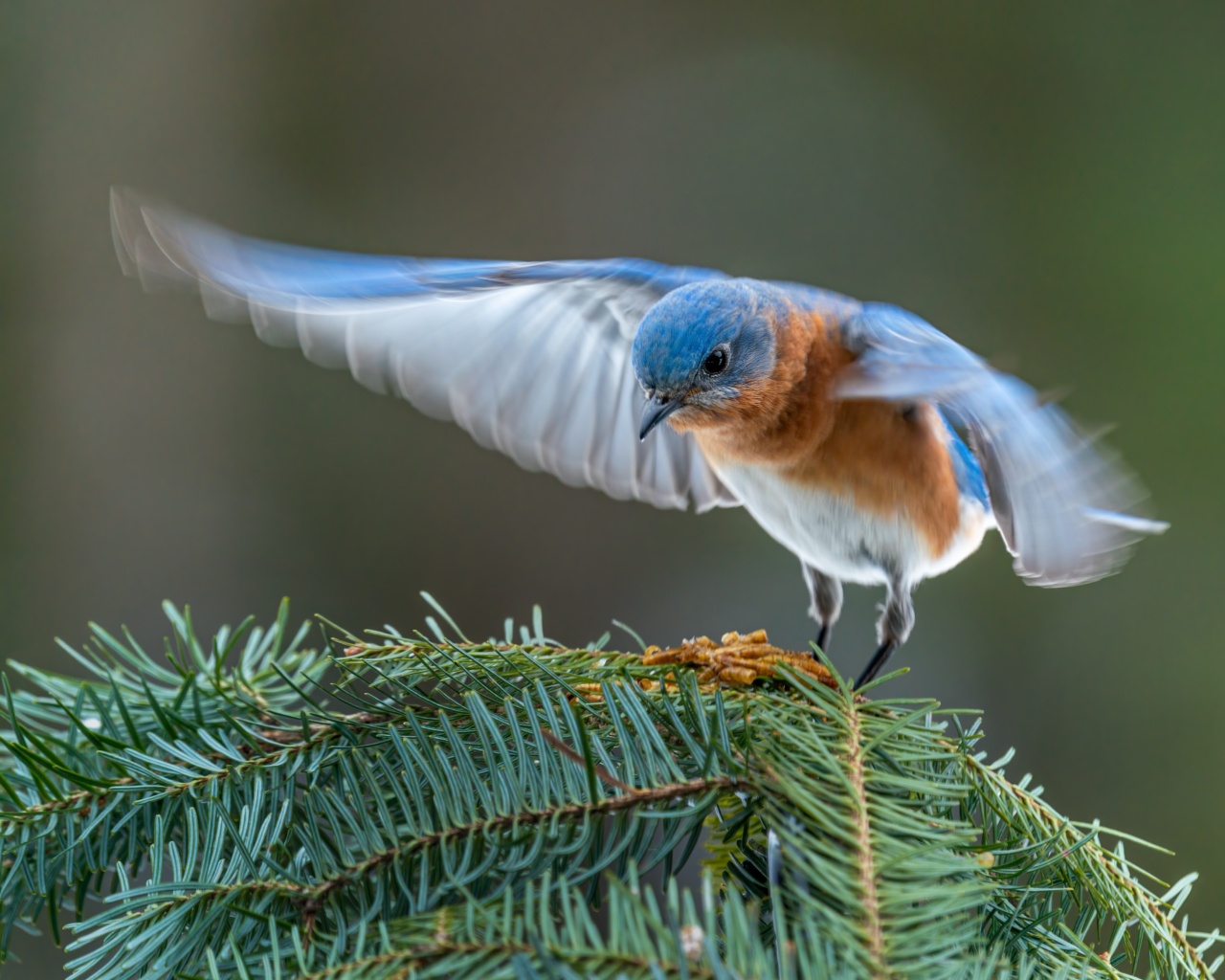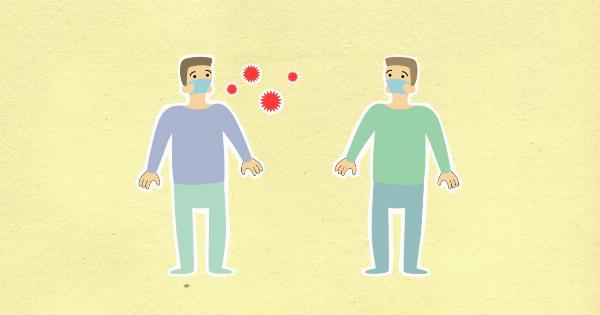The H5N1 bird flu, also known as avian influenza, has been a major concern among health officials and the public since its first outbreak in the early 2000s.
Since then, the virus has spread rapidly across the globe, causing widespread panic and economic damage. This article will provide you with all the necessary information about the H5N1 bird flu, including its symptoms, transmission, prevention, and treatment.
What is H5N1 Bird Flu?
H5N1 is a highly contagious strain of influenza virus that mostly affects birds, including chickens, ducks, and other poultry. However, the virus can also be transmitted to humans and other mammals, including pigs and cats, and is potentially deadly.
H5N1 can cause severe respiratory illness, and in some cases, can lead to respiratory failure, multi-organ failure, and death.
How is H5N1 Bird Flu Transmitted?
H5N1 bird flu is primarily transmitted through close contact with infected birds or their feces, saliva, and nasal secretions. The virus can also be transmitted through contaminated water, food, and surfaces.
Humans can contract the virus by inhaling infected droplets or dust, or by touching contaminated surfaces and then touching their eyes, nose, or mouth. The virus does not usually spread from human to human unless the infected person has close and prolonged contact with others.
What are the Symptoms of H5N1 Bird Flu?
The symptoms of H5N1 bird flu in humans are similar to those of other types of influenza, including fever, cough, sore throat, muscle aches, and fatigue. In severe cases, the virus can cause respiratory failure, pneumonia, and kidney failure.
The symptoms usually appear within 2 to 8 days after exposure to the virus. However, the symptoms can vary depending on the age and health of the infected person. Children and elderly are more vulnerable, and those with weakened immune systems are more likely to develop severe symptoms.
Preventing H5N1 Bird Flu
The best way to prevent the spread of H5N1 bird flu is to avoid close contact with infected birds and their surroundings.
If you have to handle birds or visit a farm or market, always wash your hands frequently with soap and water, and avoid touching your face or mouth. Cook poultry and eggs thoroughly, and avoid eating raw or undercooked poultry dishes. In addition, wear protective clothing, such as gloves and face masks, if you are in contact with infected birds.
If you have been in contact with someone who has H5N1 bird flu, seek medical attention immediately.
Treating H5N1 Bird Flu
There is no cure for H5N1 bird flu, but antiviral medications such as oseltamivir (Tamiflu) and zanamivir (Relenza) can be used to reduce the severity of the symptoms and prevent complications.
However, the effectiveness of the medications depends on when they are administered, and they may not work for all strains of the virus. In severe cases, hospitalization and intensive care may be required, including mechanical ventilation and other supportive treatments.
H5N1 Bird Flu Outbreaks
Since its first outbreak in Hong Kong in 1997, H5N1 bird flu has spread to many countries around the world, including China, Indonesia, Vietnam, Cambodia, Thailand, Egypt, Nigeria, and many others.
The virus has caused widespread economic losses in many countries, including the destruction of millions of birds and loss of livelihoods for farmers. H5N1 bird flu remains a major concern among health officials, as it has the potential to cause a pandemic if it mutates into a form that can spread more easily among humans.
Conclusion
While the H5N1 bird flu remains a significant threat to both animal and human health, there are many measures that can be taken to prevent its spread and reduce its impact.
By following proper hygiene practices, avoiding contact with infected birds, and seeking medical attention if you develop symptoms, you can protect yourself and help prevent the spread of the virus. With continued research and vigilance, we can hope to one day eradicate this deadly disease and ensure the health and safety of humans and animals alike.



























